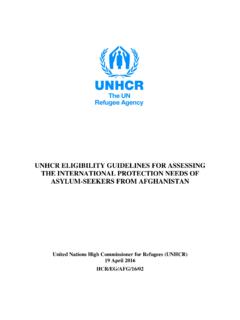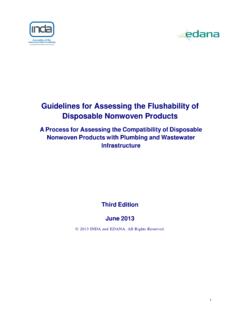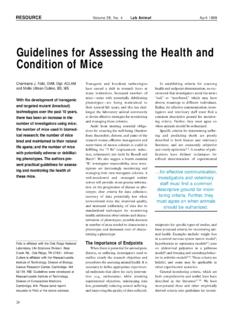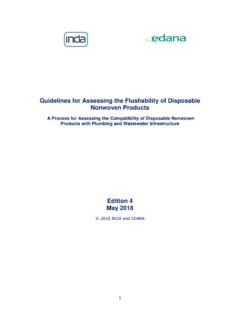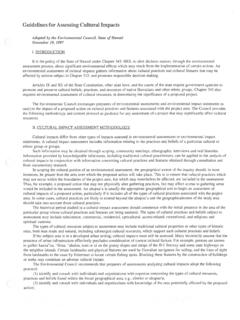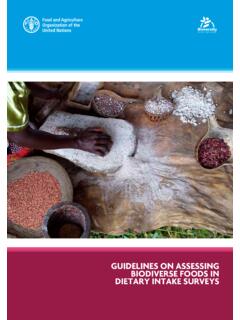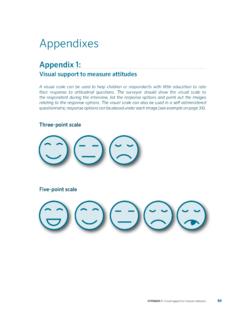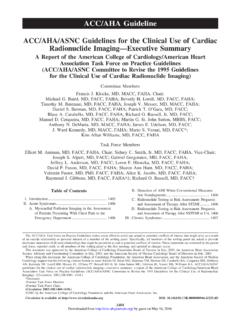Transcription of Behavioral Science Guidelines for Assessing Insider Threats
1 Behavioral Science Guidelines for Assessing Insider ThreatsJuly 2008 Authored by:Denise Bulling, Policy CenterUniversity of Nebraska Mario Scalora, of PsychologyUniversity of Nebraska LincolnWith the assistance of:Randy Borum, Panuzio, Donica AcknowledgmentsWe would like to extend our sincere appreciation to those individuals who assisted in the research, compilation, and writing of this report, including Mark DeKraai, Stacey Hoffman, Marty Klein, Kate Speck, Jenn Elliott, Larry Golba and Janell particular, we would like to thank those people who participated in the research panels and surveys, and who provided insight and comment on this project:Robert AndersonAnthony Tony AritaRichard AultStephen BandJohn BerglundTom BeringerCheryl BishopPaul BristowRandy Borum Ted CalhounDawn CappelliJames Cawood Melissa ConnorJeff DunnRobert FeinJim FitzgeraldBrian GimlettJohn GonzalezCarroll Greene Christina HolbrookJohn HoulihanTerry KlompEileen KowalskiTom MahlikRick Malone Debbie ManningSteve McIntireJimmy MercerKris MohandieAndrew Moore Russ PalareaGary PlankMike ProdanKenneth Rollins Eugene Rugala John SeltzerEric ShawMark SmithbergerJoe SooThoGeorge StukenbroekerChuck TobinJim TurnerBryan VossekuilMichael WatsonSteve Weston Tom WilliamsBrad WoodOwen YardleyWilliam Zimmerman Robin ZonicWe also thank Ken Rollins and John Houlihan for their continued support and input on this project.
2 Finally, we would like to thank Bill Butler and ManTech Security & Mission Assur-ance Corporation for providing funding and support for this would like to extend special recognition to members of the Counterintelligence Field Activ-ity Office for their invaluable assistance and support, especially Dr. Susan Brandon, Dr. Kirk Kennedy and Dr. Scott Shumate. Insider : An Insider is someone within an organization or with access to critical aspects of the organization. An Insider can be an employee, contractor, consultant, or any person who has a relationship with or is in a position of trust within the organization. The Insider may be someone acting alone or in collusion with : A threat posed by an Insider to an organization can be intentional or the result of negligence on the part of the Insider .
3 Threats refer to behaviors and related actions that pose a risk to the organization, as opposed to the presentation of threatening language alone. Threats that are particularly concerning include sabotage, espionage, theft, politically motivated violence, terrorist acts, or general disruption to organizational infrastructure or security. Such Threats may originate from inside or outside an organization. The actions that make up Threats like sabotage, espionage, terrorist acts, or Insider Threats include a range of individual behaviors that are often referred to as behaviors of concern. Organization:An organization may be a business, government agency, utility, or similar entity. Sometimes the organization is more broadly referred to as a target of the Insider This brochure presents a framework to view Threats made by an Insider that are targeted or intentional (as opposed to negligent or unintentional) and that involve some degree of deliberation (as opposed to those that may be considered impulsive).
4 The framework was developed with the assumption that it must: Be applicable for both anonymous and known subjectsRecognize interactions and patterns of behaviorAllow for investigation with whatever information is immediately availableRecognize that behaviors or warning activity may shift, decrease, or be emboldened by protective or organizational actionsInsider attacks are often handled internal to an organization and are under-reported to law enforcement agencies. This has limited the sample of Insider Threats available for research in this area. Most of the available literature related to Insider Threats exists in areas outside of Behavioral Science . It is generally conceptual in nature rather than data driven and often focuses on Threats to information field of threat assessment represents a blending of Behavioral Science , intelligence, and law enforcement strategies.
5 It evolved from practices used to assess and manage dangerousness (potential risk for violence). Three principles have created a foundation upon which Behavioral Science models in threat assessment have been built. These principles from the threat assessment approach have been applied to targeted violence and provide a framework for conceptualizing Insider Threats . Targeted violence is a process that takes place over time, during which the subject (person(s) posing the threat) must prepare and plan. Targeted violence results from the interaction of the subject, a stressful event or triggering condition and a setting that does not prevent the violence from occurring (context). Successful assessment of targeted violence involves identification of the subject s continuum of attack-related behaviors (behaviors of concern).
6 The actions that make up Threats like sabotage, espionage, terrorist acts, or Insider Threats include a range of individual behaviors that are often referred to as behaviors of concern. Behaviors of concern become markers that can signal a threat when they are considered as the product of the interaction of factors related to the subject, the organization (target), or the context affecting both. ThreatEspionageSabotageTerrorist Acts Rather than relying on profiles to assemble risk information about Insider Threats , investigators should consider Behavioral indicators in conjunction with environmental clues to assess motivations and other subject factors related to Insider Threats . This approach is distinct from the technique of offender profiling, which seeks to determine the type of individual most likely to commit a certain offense based on inferences made from crime scene characteristics.
7 Creating a profile for someone posing a threat of targeted violence directed toward an organization would be difficult because it is a low base rate activity. A profiling approach would likely falsely identify a large number of individuals as potential risks while missing many of the people who really do pose a risk. Organization of Behavioral indicators and environmental clues in an Insider threat investigation can be guided by asking key questions in specific areas of of InquiryCritical QuestionsBehaviors of Concern that Prompted IinvestigationWhat is the nature of the breach that caused the inquiry?What other behaviors of concern were observed or later discovered? Subject FactorsIs the subject or suspect identified?Are there other potential accomplices?What are the potential motives for the behaviors of concern?
8 What personal characteristics of subject enhance and/or mitigate the threat?How capable is the subject in carrying out the threat ( access, expertise)?What is the subject s personal situation? Protective FactorsWhat are the human, technical and physical security measures in place?What protective resources may have been compromised?What was necessary to compromise protective factors ( behavior, technical expertise, level of access)? OrganizationalWhat is the organizational culture and climate for security and reporting?What is the organizational history with regard to security compromises?Are there recent events that could affect security and/or risk?What is the nature of the asset being targeted within the organization? Situational/ContextualWhat situational or contextual factors relate to the breach or attempted breach ( political, media, social)?
9 1 A model for conceptualizing Insider Threats with more specific examples of what to look for is on pages 8-11. Protective . technical . physical . securityTarget/Organizational Factors. national security value / criticality of the asset . security and reporting climate within the targeted organization . barriers to emplolyees sharing security concerns . organizational sensitivity to reporting and addressing security breeches Subject Factors. history of malicious activity and related attitudes . personal vulnerabilities (finan-cial problems, substance abuse) . symp-toms of mental illness (emotional instabil-ity, paranoia) . dual identity or conflicting loyalty . technical expertise . motives (employer / institutional grievances, politi-cal or ideological issues, financial / greed, personal stressors)Situational/Contextual Factors.
10 Political climate . recent national or international events of note (politically controver-sial issues, recent terrorism activity, recent hoax activity, increased rhetoric related to extremist issues)BREACH: may include acts of espionage, theft, violence, or sabotage perpetrated by an insiderWarning Signs/Behaviors of Concern:boundary violations within target/organization . information technology or other technical violations . threatening/intimidating behavior . problematic travel and related behavior with foreign entities . concerning financial behavior . acts suggesting organizational or national disloyalty. SITUATIONAL CONTEXTUAL FACTORS Detection Upon Probing Directly ObservableWarning Signs / Behaviors of ConcernPROTECTIVE FACTORSBREACHSUBJECT FACTORSORGANIZATIONAL FACTORSHIGH CONCERNLOW CONCERNB ehavioral Science Insider Threat Model Behaviors of Concern and Behavioral Warning Signs Suggested From Literature Review (Factors from Empirical Studies in Italics)
